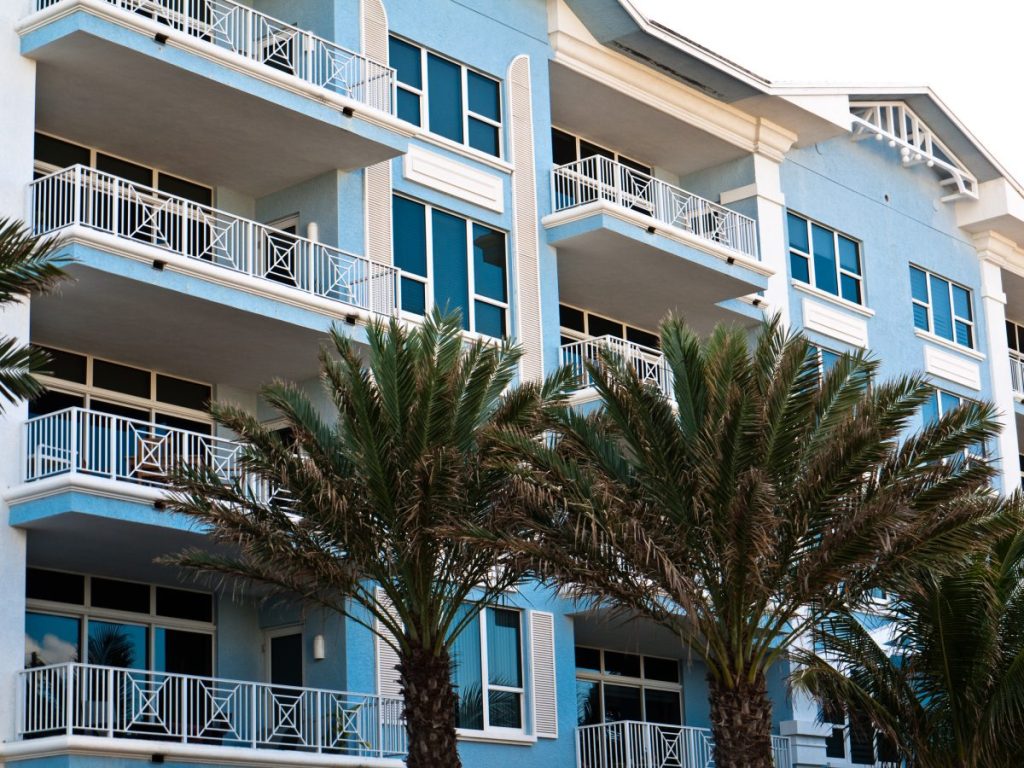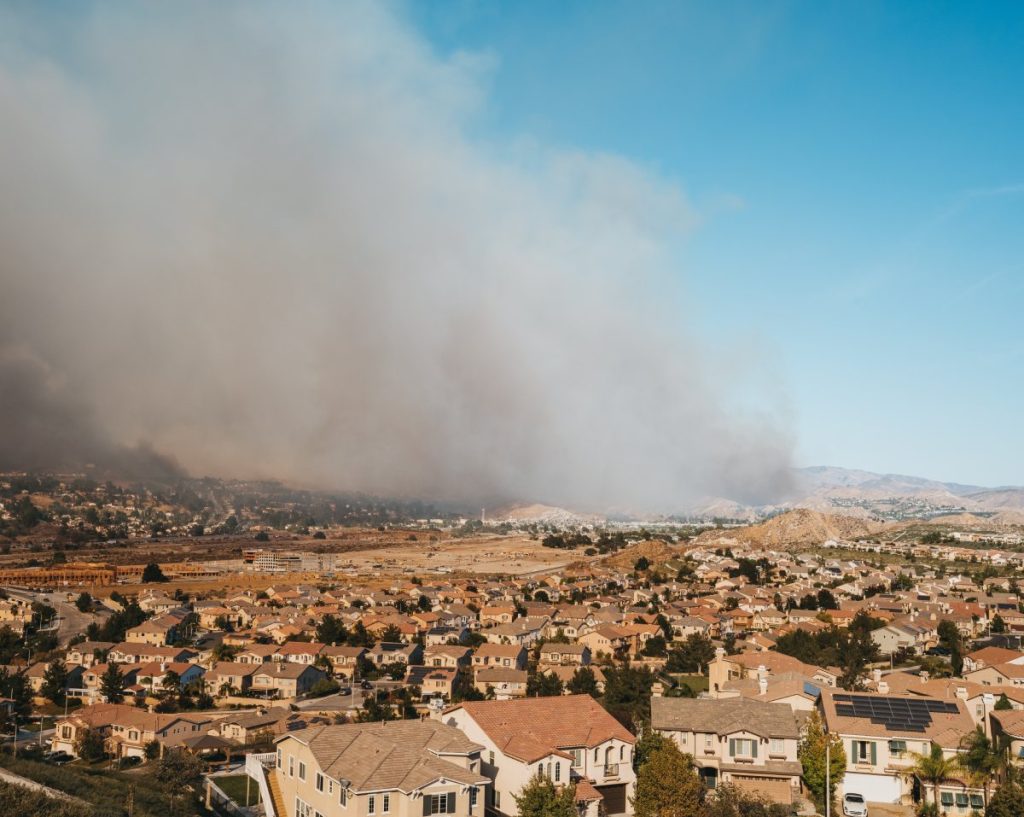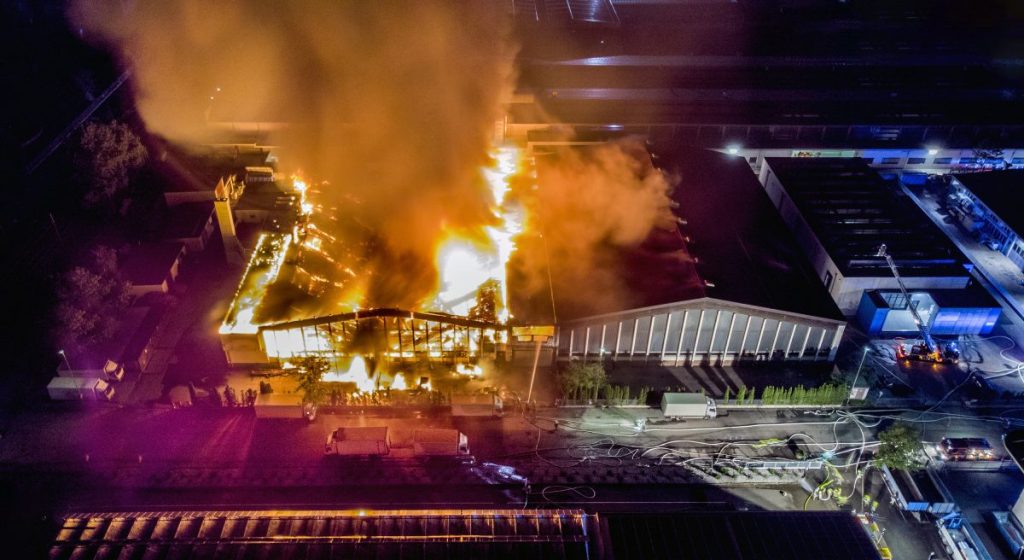Condo ownership comes with its own set of insurance rules, and they’re not always easy to untangle. Unlike homeowners who insure the entire structure, condo owners split responsibility with their association’s master policy, leaving them to figure out exactly where their coverage begins and ends.
That’s where an HO6 condo insurance policy comes in. Understanding exactly what’s covered (and what isn’t) by your HO6 is essential if you want to avoid costly surprises when damage, assessments, or disputes arise. This blog explains how HO6 policies work and guides you through what issues to consider when choosing your condominium insurance coverage.
What Is an HO6 Insurance Policy?
An HO6 insurance policy is a homeowners insurance policy designed to cover a condominium or a co-op unit. While common areas, the roof, and the building’s exterior are covered by insurance held jointly by the entire condo association, an HO6 policy protects a particular condo owner’s unit and its contents.
What an HO6 Policy Covers
A typical HO6 insurance policy includes:
- Dwelling Coverage: This covers the structure of your condo unit, including the walls, floors, and ceilings, protecting it from damage due to covered perils such as burst pipes, storms, or fire and smoke damage. (Note that, as with most homeowners insurance coverage, flood insurance almost always must be purchased as a separate policy.)
- Personal Liability Coverage: This provides protection if someone is injured or their property is damaged while in your condo, including legal fees and medical bills.
- Personal Property/Theft Protection: This covers your personal belongings (such as furniture and electronics) from damage, loss, or theft.
- Loss of Use Coverage: This pays for additional living expenses (ALE), such as hotel stays and meals, if your condo becomes uninhabitable due to a covered event.
- Loss Assessment Coverage: This protects you from costs if your condo association issues an assessment to cover expenses for shared areas damaged by a covered loss.
Types of Damage Covered by HO6 Condo Insurance
The “named perils” included in a typical HO6 insurance policy usually include:
- Fire and lightning damage
- Smoke damage
- Windstorm and hail damage
- Damage from explosions
- Riot or civil commotion damage
- Damage from vehicles or aircrafts
- Vandalism or malicious mischief
- Theft
- Damage from falling objects
- Damage caused by the weight of ice, snow, or sleet
- Accidental discharge or overflow of water or steam
Typical HO6 Condo Insurance Coverage Limitations
Standard HO6 policies don’t cover all potential perils. Common exclusions include:
- Flooding: This typically requires a separate flood insurance policy.
- Earthquakes: In high-risk areas like California, a separate earthquake policy may be needed.
- Routine wear and tear: Damage resulting from a lack of maintenance typically isn’t covered.
- Damage from municipal water or sewer backups: This may require an optional endorsement.
- Specific valuables: Standard personal property limits for valuable items, such as jewelry or fine art, may be insufficient, requiring additional scheduled coverage.
How an HO6 Policy Works with the Master Policy
One of the most contested aspects of condo insurance is figuring out where your responsibility ends and the condo association’s begins. The key lies in understanding how your HO6 policy interacts with the building’s master policy.
The master policy, purchased by the condo association, covers the building’s structure and common areas, including the roof, exterior walls, elevators, and shared amenities. Your HO6 policy, on the other hand, protects what’s inside your unit: your personal property, liability, and the parts of the interior that the master policy doesn’t reach.
Exactly how these two policies fit together depends on the type of master policy in place:
- Bare Walls-In: The association’s coverage stops at the drywall. You’re responsible for everything inside, including flooring, fixtures, and sometimes even interior walls.
- Single Entity: The master policy covers the structure and original fixtures, but not any upgrades or improvements you’ve added over time.
- All-In (All-Inclusive): The broadest master policy, this covers the building structure plus most built-in features inside units, leaving your HO6 to cover only your belongings and liability.
Does HO6 Condo Insurance Cover Roof Damage?
In most cases, your HO6 condo insurance policy won’t cover damage to the building’s roof itself; that responsibility usually falls under your condo association’s master policy, which typically handles exterior structures like the roof, siding, and shared spaces.
That doesn’t mean roof damage is irrelevant to your insurance coverage, though. If a storm or other covered peril damages the roof and water leaks into your individual unit, ruining your hardwood floors, your HO6 policy kicks in to cover interior repairs, damaged belongings, or even temporary housing if your condo becomes uninhabitable.
You may also have additional coverage for certain special assessments. If the condo association charges unit owners to help pay for major roof repairs, your policy’s loss assessment coverage could offset some of that cost.
In short:
- Roof structure: Covered by the condo association’s master policy
- Interior damage from leaks: Covered by your HO6, as long as it results from a covered peril
- Loss assessment fees: Sometimes covered, depending on your policy
Does HO6 Insurance Cover Drywall?
An HO6 insurance policy typically covers drywall as part of its “unit or dwelling coverage.” This coverage protects the interior structure of a condo unit, which usually includes the drywall, as well as interior walls, ceilings, and sometimes flooring.
However, the specifics can vary based on your particular policy and the condo association’s master policy. If the master policy is “walls-in,” it might cover drywall, reducing the need for extensive interior coverage. But if the master policy is “bare walls,” HO6 insurance is necessary to cover drywall and other interior features.
Does HO6 Insurance Cover Water Damage?
Whether or not your HO6 policy covers water damage depends on the type and source of the damage. HO6 policies typically cover sudden, accidental water damage from clogged drains, burst pipes in your unit, or plumbing problems. But water damage caused by an outside source, such as a leaking roof, a backed-up sewer line, or another unit owner’s negligence, is more likely to fall under the condo association’s master policy. Determining responsibility in these instances can be particularly complicated, so it’s always best to consult with an insurance attorney to explore your best options.
How Much Does HO6 Insurance Cost?
While costs can vary significantly depending on your insurer, property location, coverage limits, and deductibles, a national analysis revealed that an HO6 insurance policy costs an average of $445 per year. That average policy included $300,000 for liability coverage, $100,000 in personal property coverage, and a $1,000 deductible.
One cost factor many condo owners overlook is the price of extra liability protection. An umbrella insurance policy can help safeguard you if a claim exceeds your HO6 liability limits, but that additional layer of security also raises your overall insurance rates. While the increase is usually manageable, it’s worth weighing against the potential exposure of facing a lawsuit without enough coverage.
What Is Loss Assessment on an HO6 Insurance Policy?
Loss assessment is the share of a fee that you, as a condo owner, may be charged by your condo association when a common area, like a lobby, roof, or pool, is damaged, but the association’s insurance policy isn’t sufficient to cover the cost of the damage. Adding loss assessment coverage to your HO6 policy as an endorsement provides a financial safety net to help protect you from these unexpected costs when the association’s insurance falls short.
Loss assessment coverage is usually determined on a claims-made basis, meaning that the date of the assessment, rather than the date of the occurrence, controls coverage.¹ That means that you, as a unit owner, can be responsible for loss assessments that result from incidents that occurred even before you purchased your unit in the building.
When and How Loss Assessments Apply
Assessments most often arise in three situations:
- Property damage: A hurricane tears off part of the roof, but the master policy doesn’t fully cover replacement costs. The shortfall gets divided among all unit owners.
- Liability claims: Someone slips in the lobby and wins a lawsuit that exceeds the association’s liability limits. Again, owners may be billed for the balance.
- High deductibles: Many associations carry large deductibles to lower premiums. If a storm damages the building, the owners may be required to cover the deductible before the master policy pays out.
Here’s where your HO6 policy comes into play. Most include loss assessment coverage, which helps absorb your share of these unexpected bills. However, it’s important to note that the standard coverage limit is often insufficient to adequately protect the policyholder, typically only a few thousand dollars. In a major event, assessments can easily reach five figures per unit, leaving you on the hook for the difference.
HO6 Policy Limits for Loss Assessment
Most HO6 policies provide very minimal coverage for assessments made against all unit owners for uninsured or underinsured property or liability claims, typically just $1,000. Even when the limit for loss assessment coverage is increased to $25,000, in most cases, assessments for deductibles are still only covered for $1,000 under the increased loss assessment policy endorsement.
These limits apply both to an association-wide loss assessment in which a judgment exceeds the association’s general liability coverage limits and the excess is thus assessed against all unit owners, and to a loss assessment made against a specific unit owner when a loss is caused by that person’s negligence and the entire association’s master policy property insurance deductible is assessed against that unit owner.
How Much Loss Assessment Coverage Do You Need?
Before you determine how much loss assessment coverage you need with your HO6 policy, you should learn about your condo association’s master policy to determine the rate of coverage. The better the association’s master policy, the lower the likelihood of steep loss assessments against its members.
That said, we recommend seeking at least $50,000 in loss assessment coverage when possible. Some carriers limit their loss assessment endorsements to $50,000 or $100,000 in coverage. Boosting your loss assessment coverage to a $50,000 or $100,000 cap may only cost you tens of dollars more per year in premiums. However, a multimillion-dollar lawsuit against your condo association could leave you on the hook for tens of thousands of dollars in loss assessments.
As always, it’s best to consult with an insurance attorney to review your policy and advise you on the meaning of the policy language.
Why Merlin?
Are you fighting an insurance company that won’t pay out on claims? With nearly 40 years of practice and $2 billion in recovered claims, our team stands by your side to ensure you can face any insurance challenge with confidence. Contact us today for a consultation, or read more about how we act as your trusted advocate.
FAQs About HO6 Condo Insurance
What Insurance Do You Need for a Condo?
If you own a condo, you’ll almost always need an HO6 insurance policy to protect the interior of your unit, your personal property, and your liability exposure. The condo association’s master policy will handle the building structure and common areas, but your coverage must fill in the gaps that the policy doesn’t reach. In some cases—such as certain townhomes governed by condo-style HOA rules—an HO6 may apply instead of standard home insurance, depending on how the community’s bylaws are written. Because coverage boundaries can be confusing, it’s smart to review your master policy and talk with an insurance agent about getting the right condo insurance quote for your situation.
What’s the Difference Between HO3 and HO6 Insurance?
An HO3 is the standard home insurance policy for single-family homes, covering the full structure of the dwelling, as well as personal property and liability. By contrast, an HO6 policy only covers the interior of a condo unit and what’s not protected by the association’s master policy. This distinction matters because condo owners typically don’t insure the entire building, unlike homeowners. If you’re a renter rather than an owner, renters insurance is the parallel product designed to protect your belongings without covering the building itself.
What Is HOA Insurance?
“HOA insurance” is another name for the condo association’s master policy. It’s purchased by the condominium or homeowners association (HOA) to cover the shared elements of the property. That includes the roof, the foundation, exterior walls, common hallways, and amenities such as pools or gyms. The scope of HOA coverage depends on the bylaws, and it can range from “bare walls-in” protection to more expansive “all-in” policies.
¹ This was noted in an FC&S Expert Coverage Interpretation article, “Date of Loss, Date of Assessment, and Policy Effective Date,” in which a policyholder received a loss assessment from their condo association regarding Hurricane Wilma damages. The date of the loss assessment was March 1, 2007, but the actual date of loss was October 24, 2005, prior to the policy’s inception. Their client was still responsible for the loss assessment; however, because the policy states, “We will pay up to $1,000 for your share of loss assessment charged during the policy period against you,” without any mention of the date of the actual loss.




